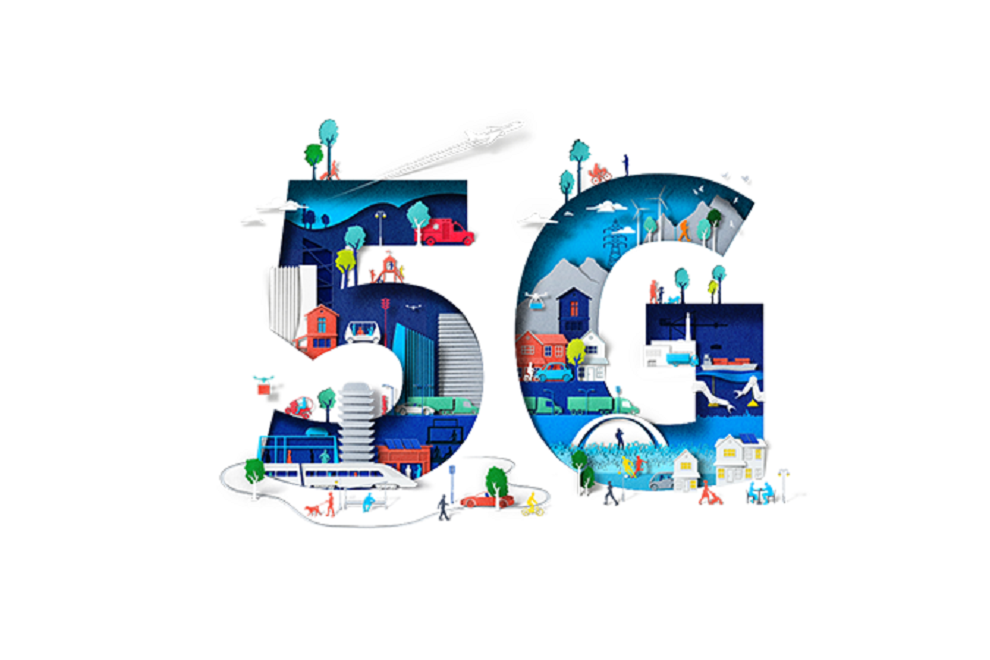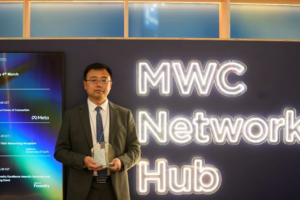Over the last few years, drones or Unmanned Aerial Vehicles (UAV) are emerging as a disruptive technology, which slowly but steadily finds its way into several aspects of human life. Initially seen as a technology more suited for military use, drones have been proving their utilities in several areas, including disaster response, search and rescue, law enforcement, crop monitoring, oil and gas discovery, home delivery, and recently as air taxis. But what is critical for successful UAV services is a rock-solid network connectivity.
The superior connectivity offered by 4G and 5G allows low-altitude aerial vehicles like drones to execute complex tasks like traveling for greater distances and uploading high-definition videos. These functionalities ensure more effective and reliable performance making drones suitable for business and mission-critical use cases.”
“Several innovative use-cases of drones are emerging, especially for smart cities and critical communications applications. Ubiquitous high-speed connectivity is a key critical element in unlocking the true potential of drones. Existing commercial cellular networks are designed for terrestrial and human use. However, augmenting these networks with 5G critical communication solutions can and will provide the seamless connectivity required for drones, and Nokia has the required technology and expertise to make it happen”, says Shady Makhlouf, Nokia’s Government and Cities Leader in the Middle East and Africa.
The technology, once handicapped by connectivity issues limiting the range, radius, and altitude, in which UAVs can effectively carry out tasks, has largely surmounted these limitations with the advent of Broadband technology.
Even so, the rapid adoption of 5G technology opens newer horizons and unlocks immense use-case possibilities for drones in the future. With superior connectivity, drones are expected to execute complex missions autonomously, stream and upload large data and high-definition video to the cloud, and travel far greater distances, including Beyond Visual Line of Sight (BVLOS).
“While with 4G connectivity, drones can roam beyond a finite radius by handovers between cells. With 5G connectivity, drones can take advantage of increased bandwidth and lower latency. This enables higher bandwidth drone applications such as live video and allows us to offload computations to the cloud due to the low latency, enabling the cloud to function as a central orchestrator for a fleet of drones. All this leads to an era of networked multi-drone fleets,” says Prasanth Ananth, Research Technical Leader in the Enterprise and Industrial Automation Lab at Nokia Bell Labs.
5G connectivity: Giving wings to UAVs
5G will enhance UAVs’ capabilities in collecting and transmitting data at a very high speed, real-time streaming of high-definition pictures and videos, real-time remote monitoring and control and the use of AI. Further, it would also enable the adoption of smaller-sized drones, which consume lower energy, thus increasing the flight time – short flight times are a major shortcoming of the existing drones.
5G networks will also address the two most challenging issues facing the UAVs: regulation of UAV traffic and security.
There is an impending need for regulations and flight protocols for drones. With the advent of 5G network technology, authorities can better control and regulate drone movement in industrial, public or military areas.
Governments and authorities can devise safety and privacy guidelines for manufacturers as well as users. They can then enforce these regulations with better monitoring technology that the 5G networks can provide. Several countries, including those in the Middle East, Europe and the US, are working on protocols to allow drones in their respective air spaces and developing systems to manage drone air traffic.
As drone use cases multiply and become an integral part of human life, it is imperative to protect them from attacks and other threats.
Monitoring them and their movement, thus, becomes a crucial cog in the wheels of drone management. 5G’s slicing features becomes handy in this respect.
Calin Miculescu, P.Eng., Director, Sales at Nokia Canada, explains: “It’s easy to eliminate attack vectors while on entirely private infrastructure. E2E 5G slicing enables this, because once you’re on your own 5G slice, the attack vectors are very much contained.”
Nokia’s cloud solution platform has been working diligently towards addressing the safety, security, and privacy concerns surrounding drone movement. Nokia Digital Automation Cloud (Nokia DAC) is an end-to-end solution comprising private and secure mobile broadband, cloud connectivity, and a variety of add-on applications such as drones.
“A highly reliable, secure, and scalable platform, Nokia Digital Automation Cloud combines data collection applications with unmanned vehicles and other IoT devices. With security being synonymous with safety, Nokia DAC provides a solid foundation for UAV use cases,” says Mika Jarvenpaa, a UAV Operations Specialist at Nokia.
High-speed ultra-low-latency 5G-powered critical network connectivity is then crucial to maximizing the benefits of drones. As 5G networks continue to become pervasive, we will witness the evolution of more drone-powered use cases.












